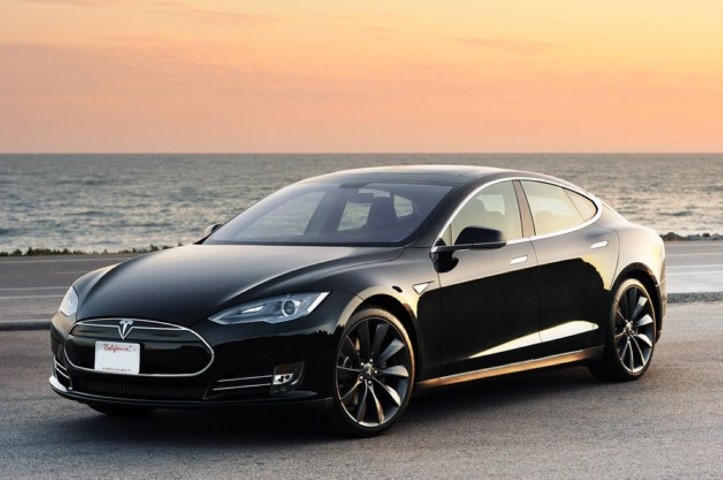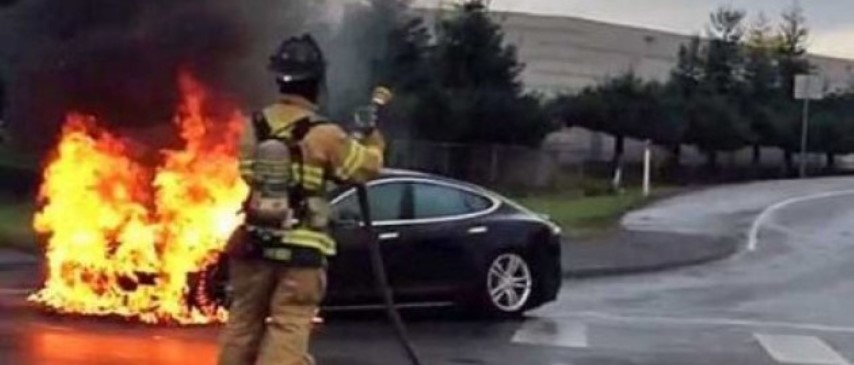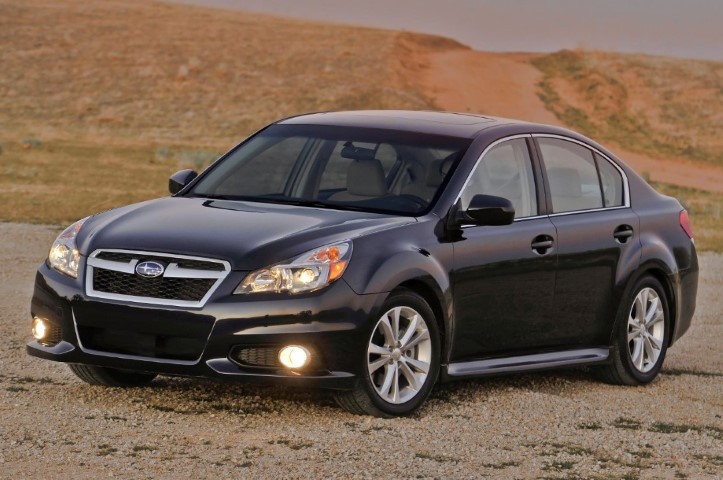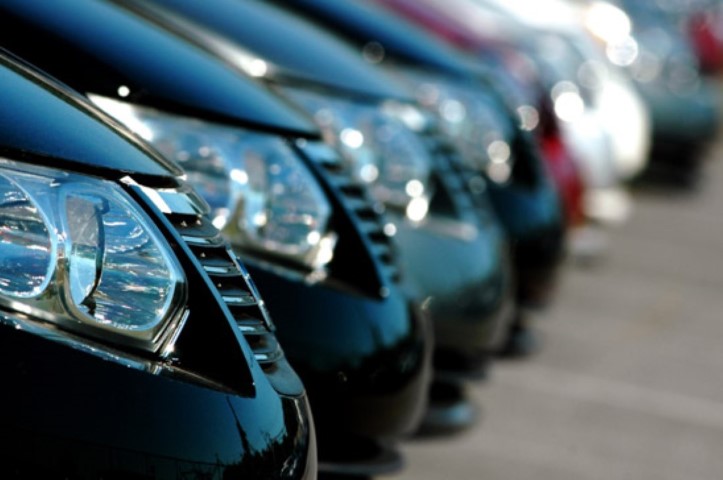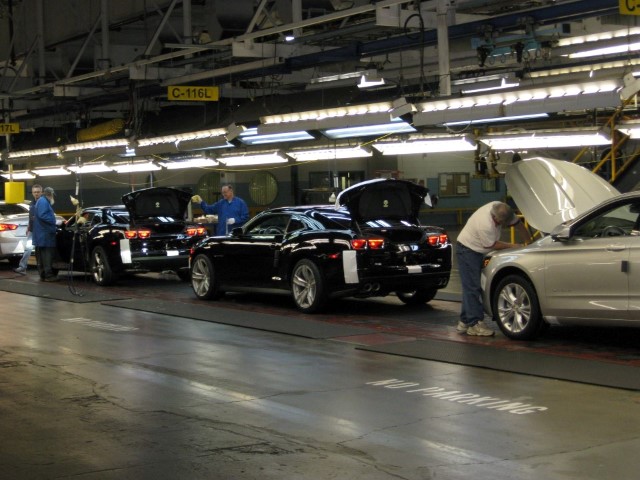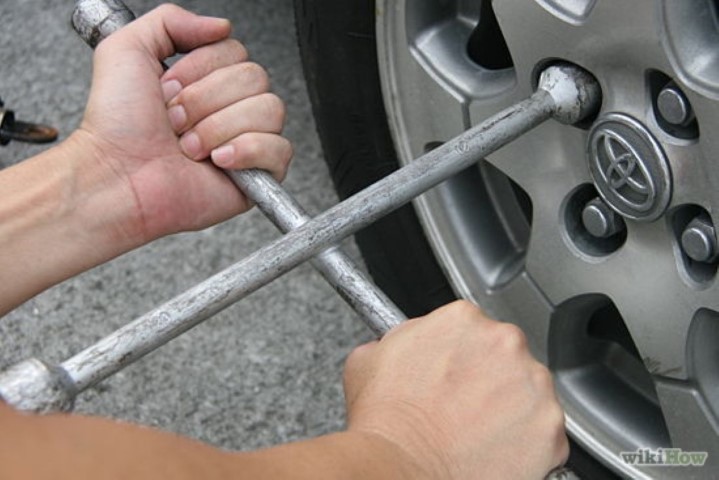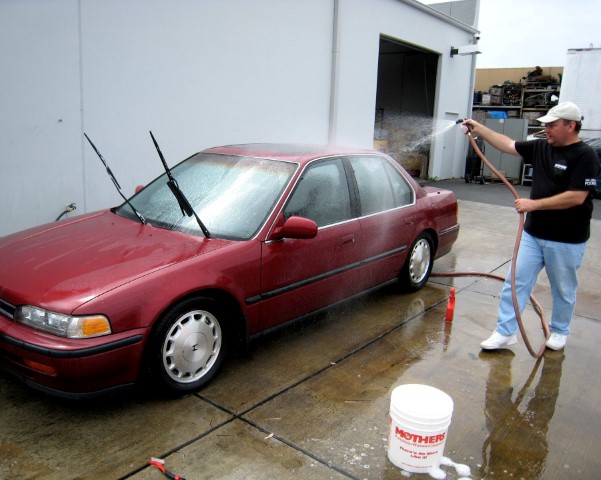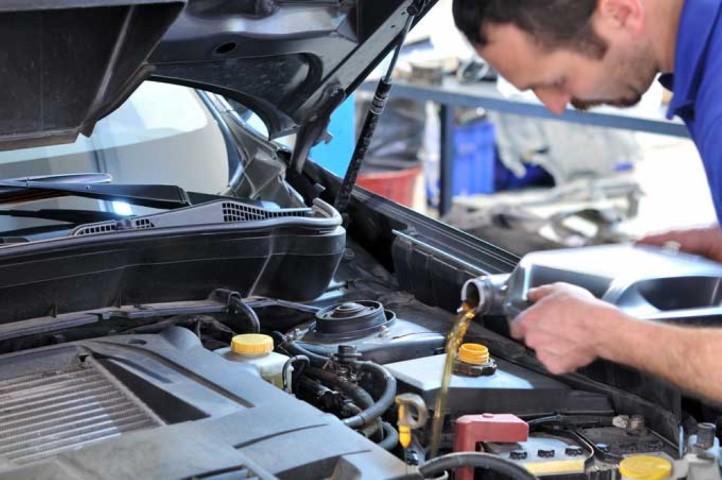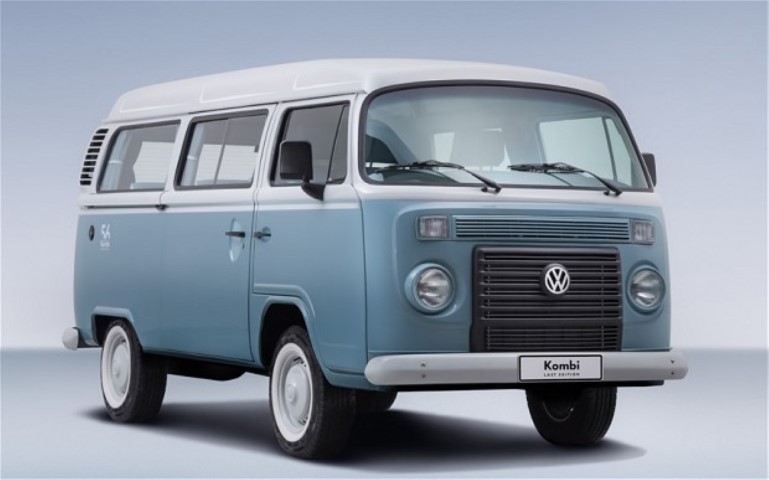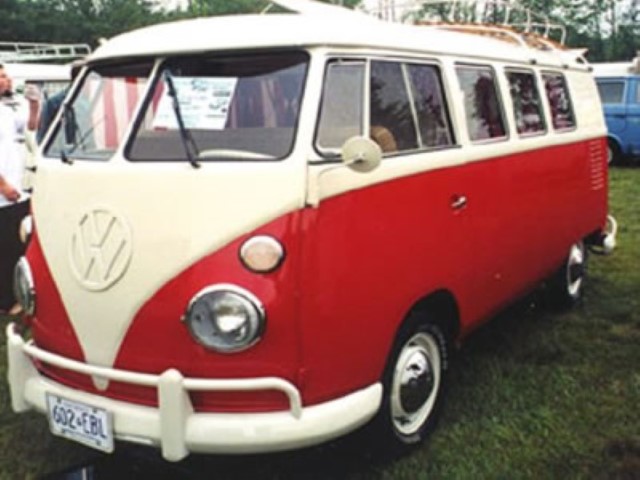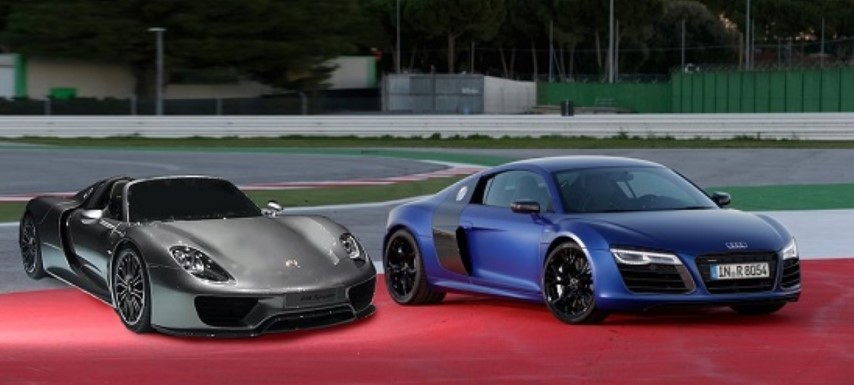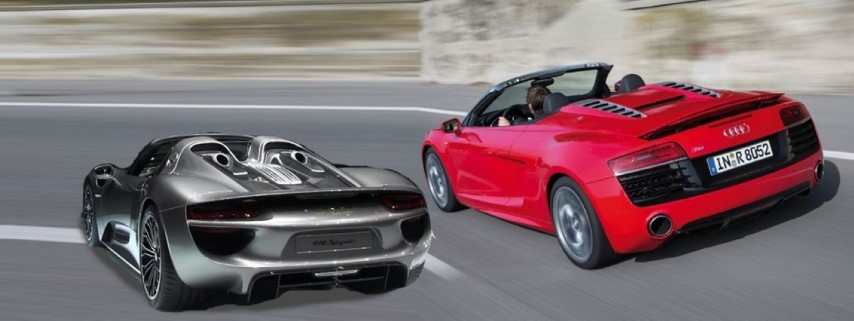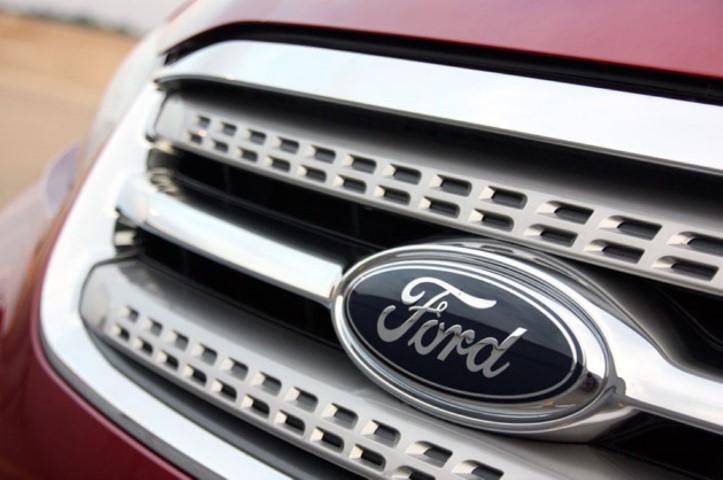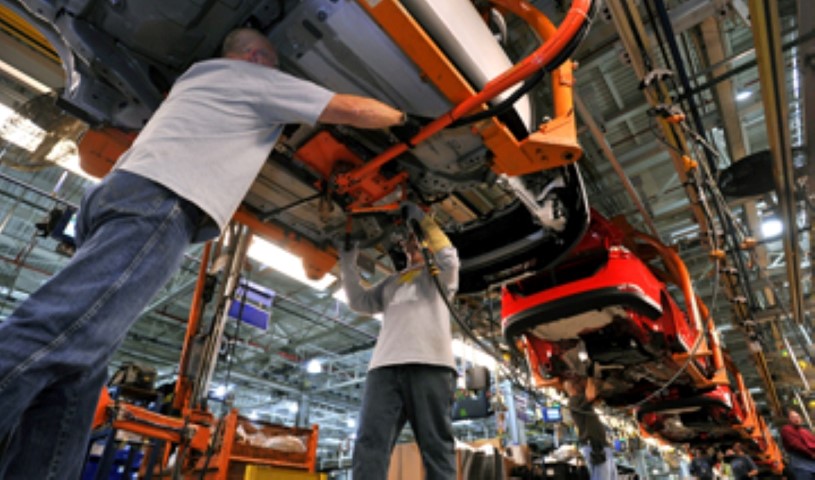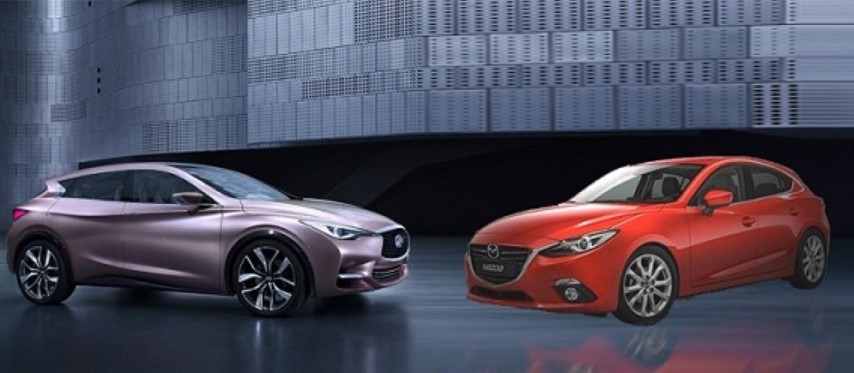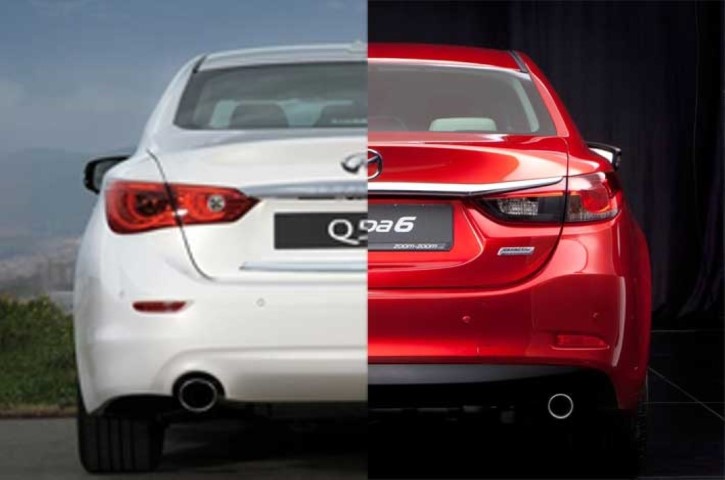September auto sales on a high in Canada
TORONTO - Canadian automakers say demand for cars and light trucks remained strong in September, with many of them reporting significant year-over-year sales increases on Tuesday.
Among the Big Three manufacturers, Ford Canada and Chrysler Canada both said saw improvements in vehicle sales last month, substantially so in the case of Ford.
"What is somewhat surprising is that September 2012 had also been a record month," according to a commentary by DesRosiers Automotive Consultants Inc.
"It is a lot easier to show significant improvements in the market when comparable data from previous years are weak. September had a very tough comparable month to beat, but blew past this quite easily."
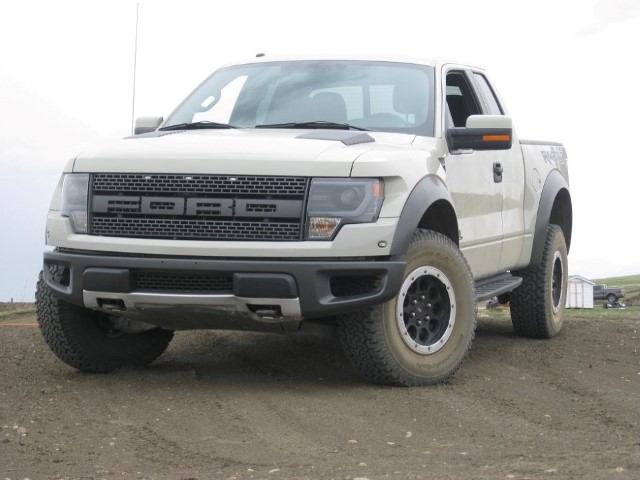
DesRosiers said if vehicle sales continue at this pace, they could beat the all-time annual record of just over 1.7 million set in 2002.
Ford said it had the second-best September on record, as sales for its vehicles jumped 10 per cent last month compared with the same month a year earlier.
It said it sold 25,956 light vehicles in September, compared with 23,600 in the 2012 period.
The boost was attributed to a surge truck sales, including the F-Series, which saw its best September on record. Ford said it sold 20,237 trucks last month, an 8.8 per cent increase from 18,606 a year earlier.
It also reported strong sales of the Ford Fiesta, which increased by 64 per cent, while sales of the Fusion jumped by 20 per cent year-over-year. Sales of the Mustang climbed 10 per cent in the same period.
Chrysler Canada said it recorded its best sales for September in 13 years, with 19,858 cars and light trucks sold last month, up slightly from 19,555 in September 2012.
Still, the total marked the 46th consecutive month of year-over-year growth, the longest sales streak in the company's history, Chrysler said.
The gains were due to sales records for its Ram trucks and Dodge Dart and Chrysler 200 models. Sales of its Town and Country minivan more than doubled to 454 sold in September, compared with 162 a year earlier.
The last of the Big Three, General Motors, reported a small decline last month, with 18,270 cars and trucks sold, compared with 18,756 in the same month a year earlier.
Meanwhile, many of the other automakers also reported higher sales in September.
Japanese car manufacturer Honda Canada saw sales of 12,449 vehicles last month, up 8.7 per cent from 11,457 in September 2012.
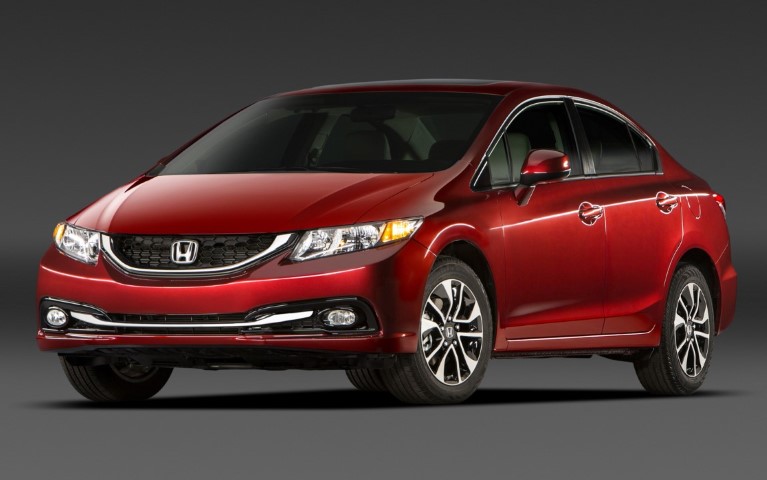
Honda said its Civic models continue to be its most popular cars, with 6,262 sold in September, an 8.3 per cent jump from 5,782 in the same period a year earlier.
"Strong September sales wrapped up the summer selling season and will help to continue our sales momentum through to the end of the year," Dave Gardner, vice-president of sales and marketing for Honda Canada Inc., said in a statement.
Its luxury division, Acura, also saw an increase of 4.2 per cent, as it sold 1,515 cars in September, compared with 1,454 in September 2012.
Toyota Canada also reported an uptick in September across its cars, trucks and Lexus luxury division.
Toyota had total sales last month of 15,688, up 2.7 per cent from 15,278 a year earlier, due to strong gains by its Corolla and RAV4 brands. Sales of Lexus vehicles were up 1.5 per cent in September to 1,580 sold in September of last year.
Nissan sales increased by 39 per cent last month, making it the company's best September on record, as it sold 8,564 vehicles across Canada.
Subaru Canada said September was also its best month ever, with its vehicle sales increasing by 23.2 per cent to 3,310 units. This compared with 2,686 units in September 2012.
Luxury brand Mercedes-Benz also saw its sales climb more than 20 per cent to 3,226 vehicles in September from 2,676 vehicles a year earlier.
But it wasn't all rosy news from the auto sector.
Mazda Canada said its vehicle sales fell by 16 per cent in September compared with a year earlier to 5,647. Its compact Mazda3 vehicles led September sales, with 3,310 sold, but were down more than 20 per cent from 4,278 sold in September 2012.
Kia Canada also saw its sales figures decline slightly in September compared with a year earlier. The automaker reported new vehicle sales of 6,833, down 2.8 per cent.


